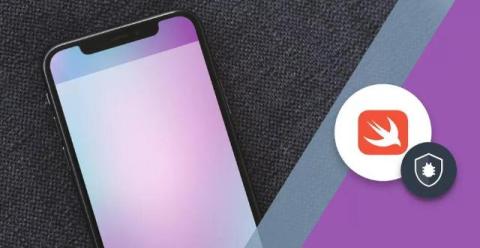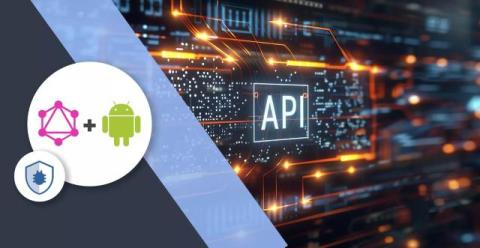Android Push Notifications Step by Step Guide
Push notifications play an important role in user engagement and retention in your mobile app, keeping users up to date and creating a sense of urgency that leads to purchases. And in Android, we get the added benefit of Firebase Cloud Messaging (FCM) notification service, which acts as a middleman between the app server and the user’s Android device. It helps the delivery of push notifications, even if the app is not active or the user is using a different app on their device.










